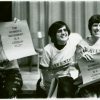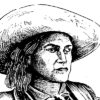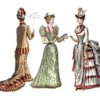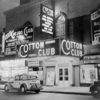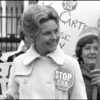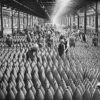
While the battles of World War I primarily took part in Europe, the effects of the war reached around the world. Men, women, and children experienced the consequences of the conflict. Men volunteered or were conscripted into the military to fight on the battlefields. The success of each side’s military required not only manpower, but weapons, food, and supplies. These materials had to be produced at home or in the colonies, which required women to take on duties that were not considered feminine roles, such as working in factories and farming. Because entire societies were mobilized to support the war effort, World War I is considered a total war.
